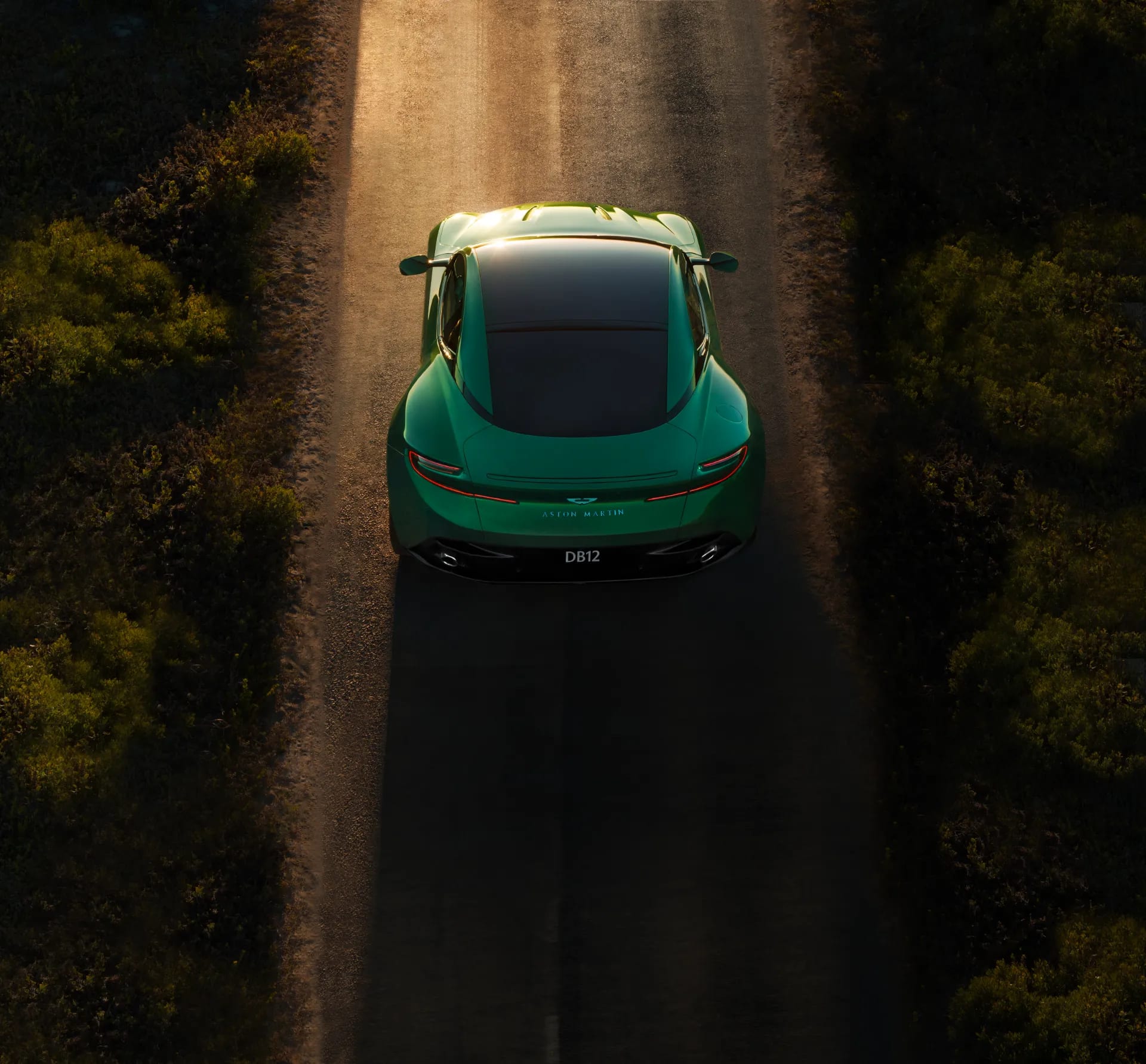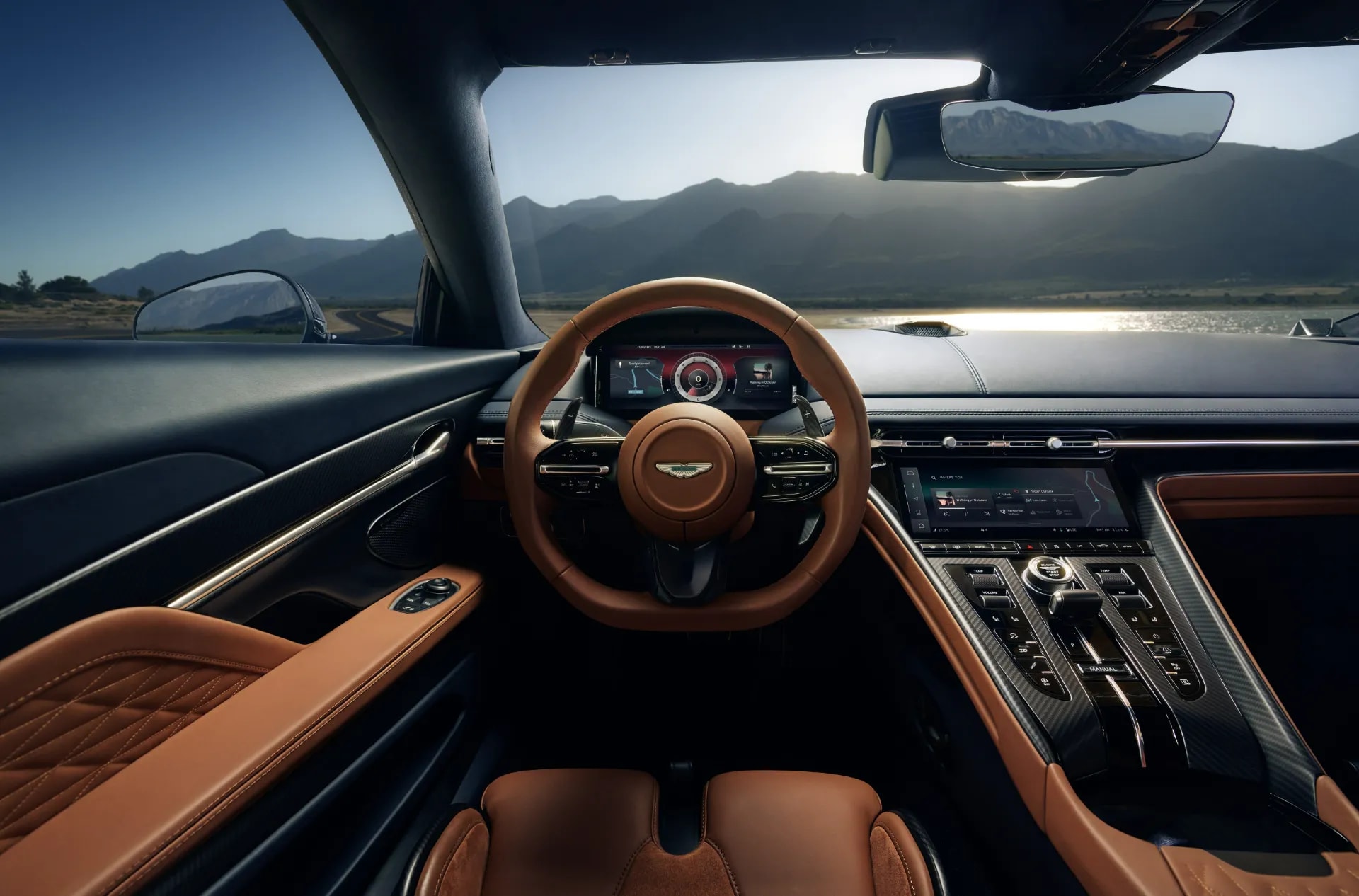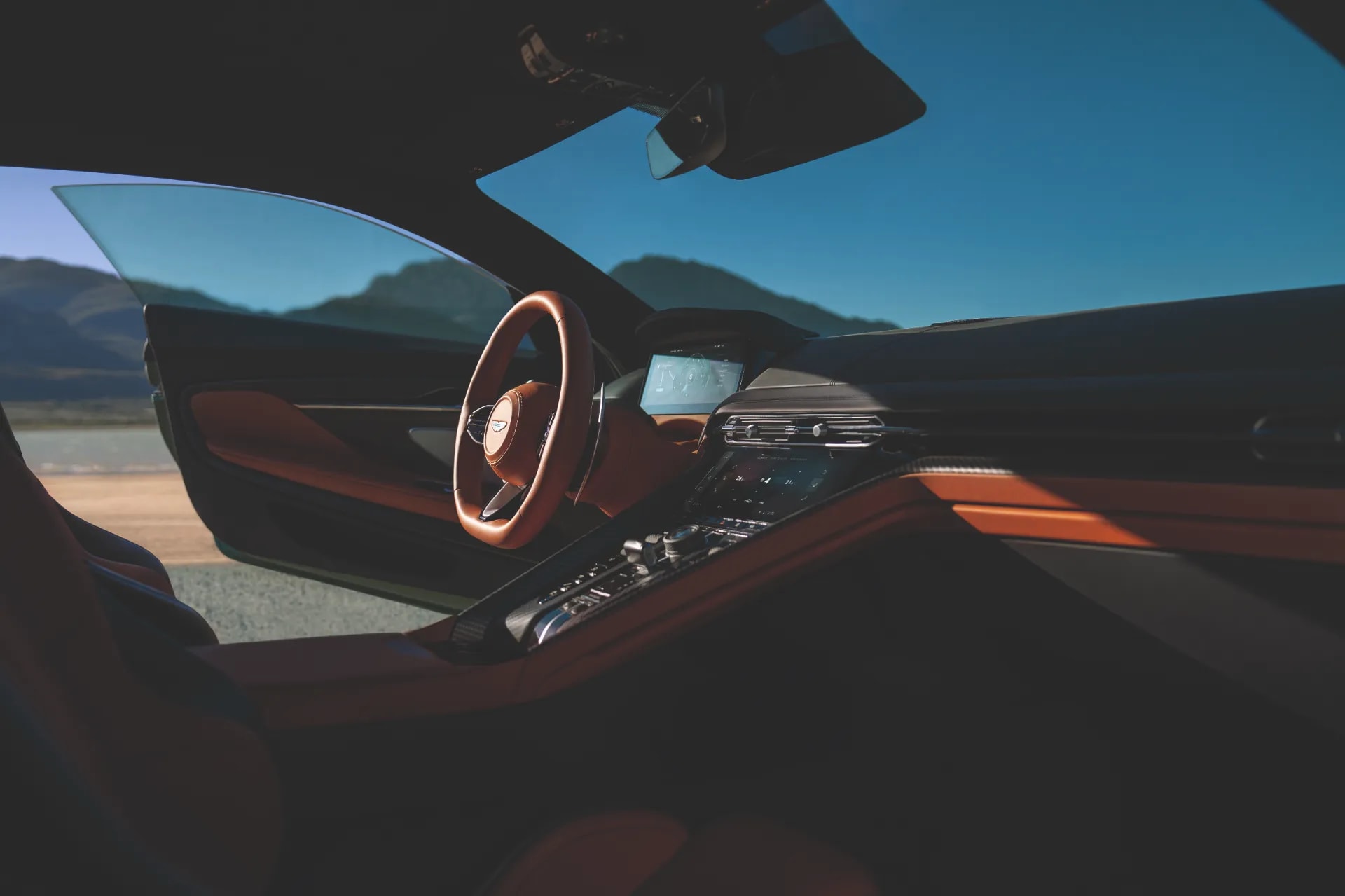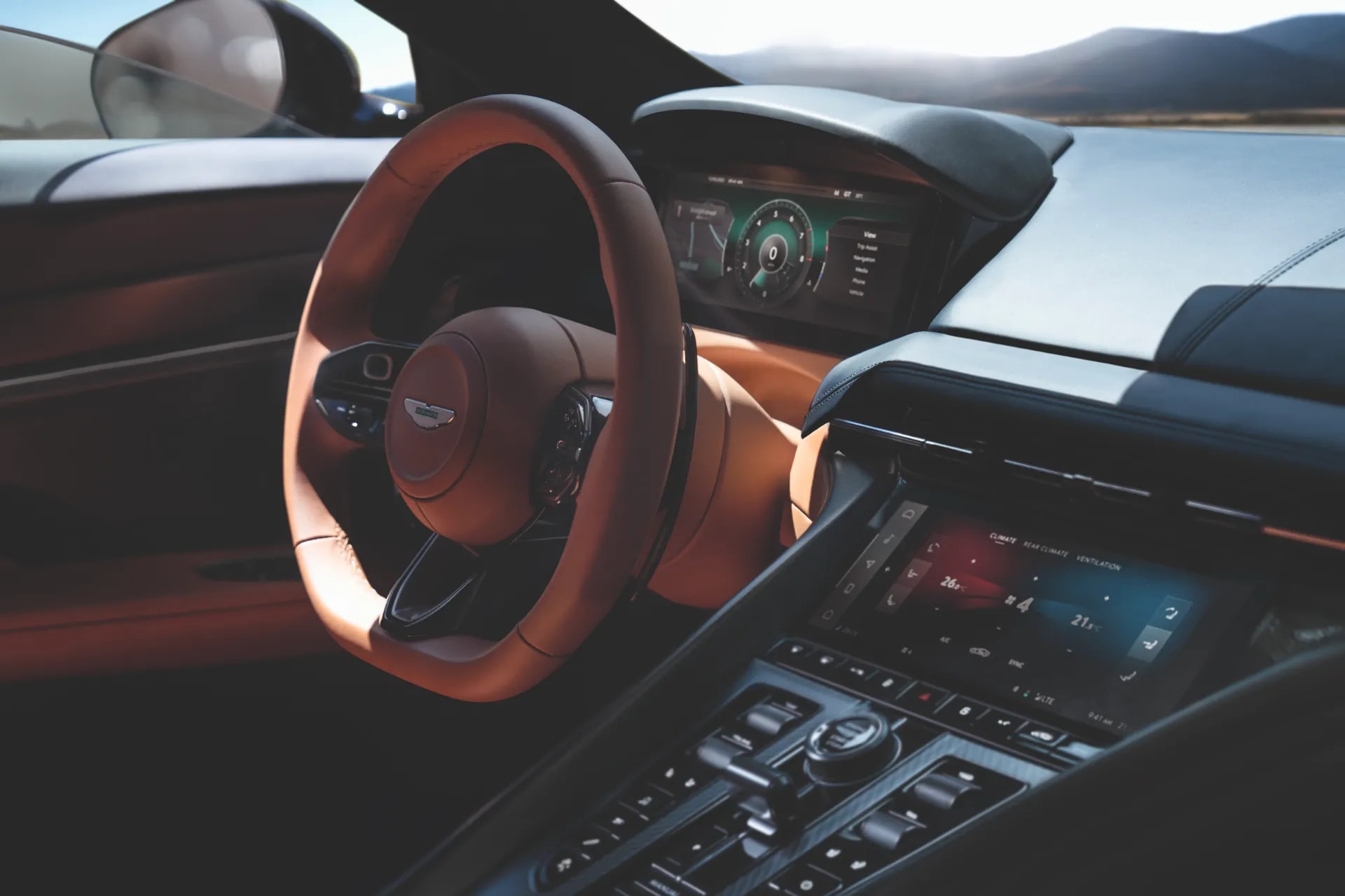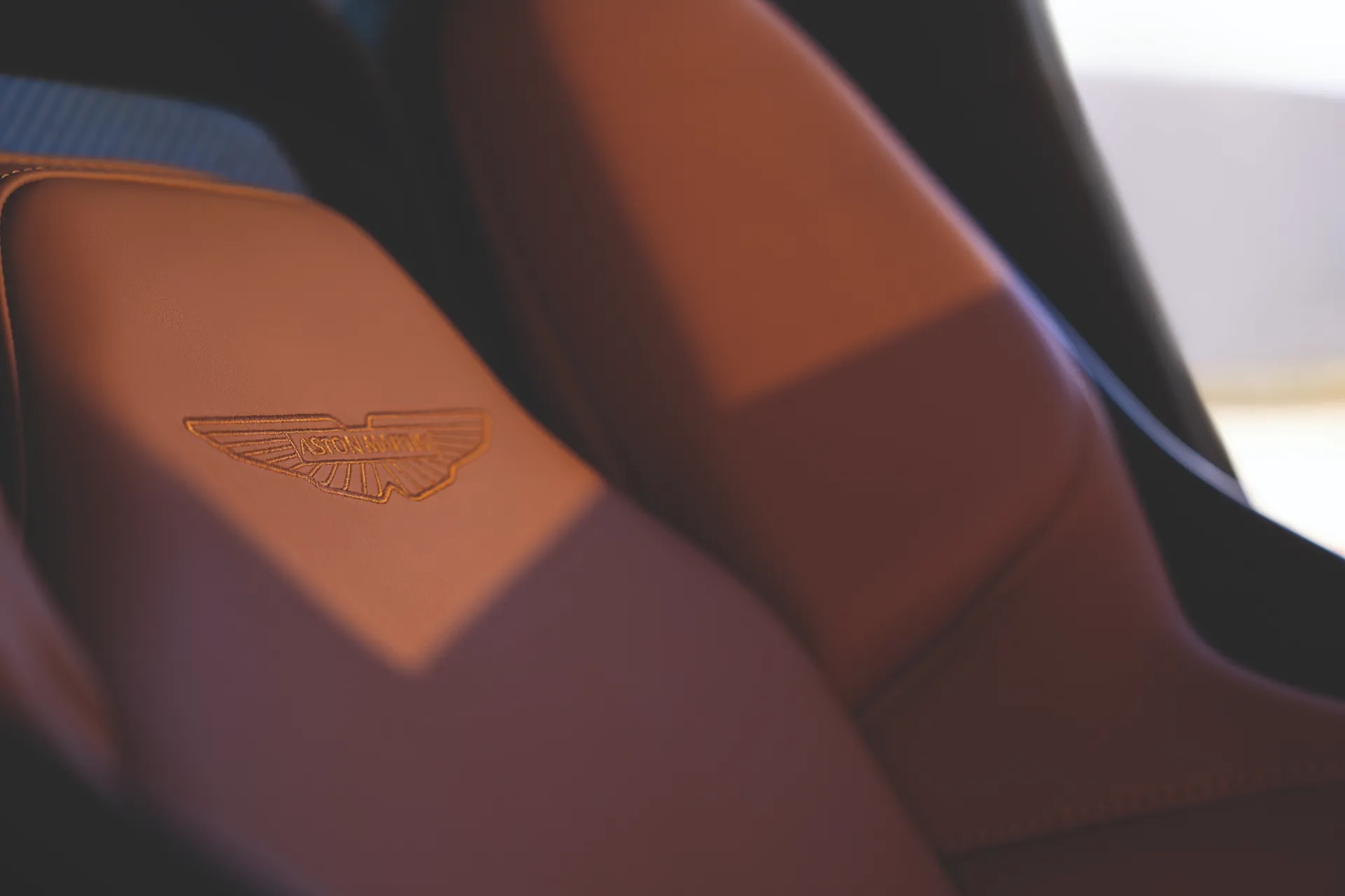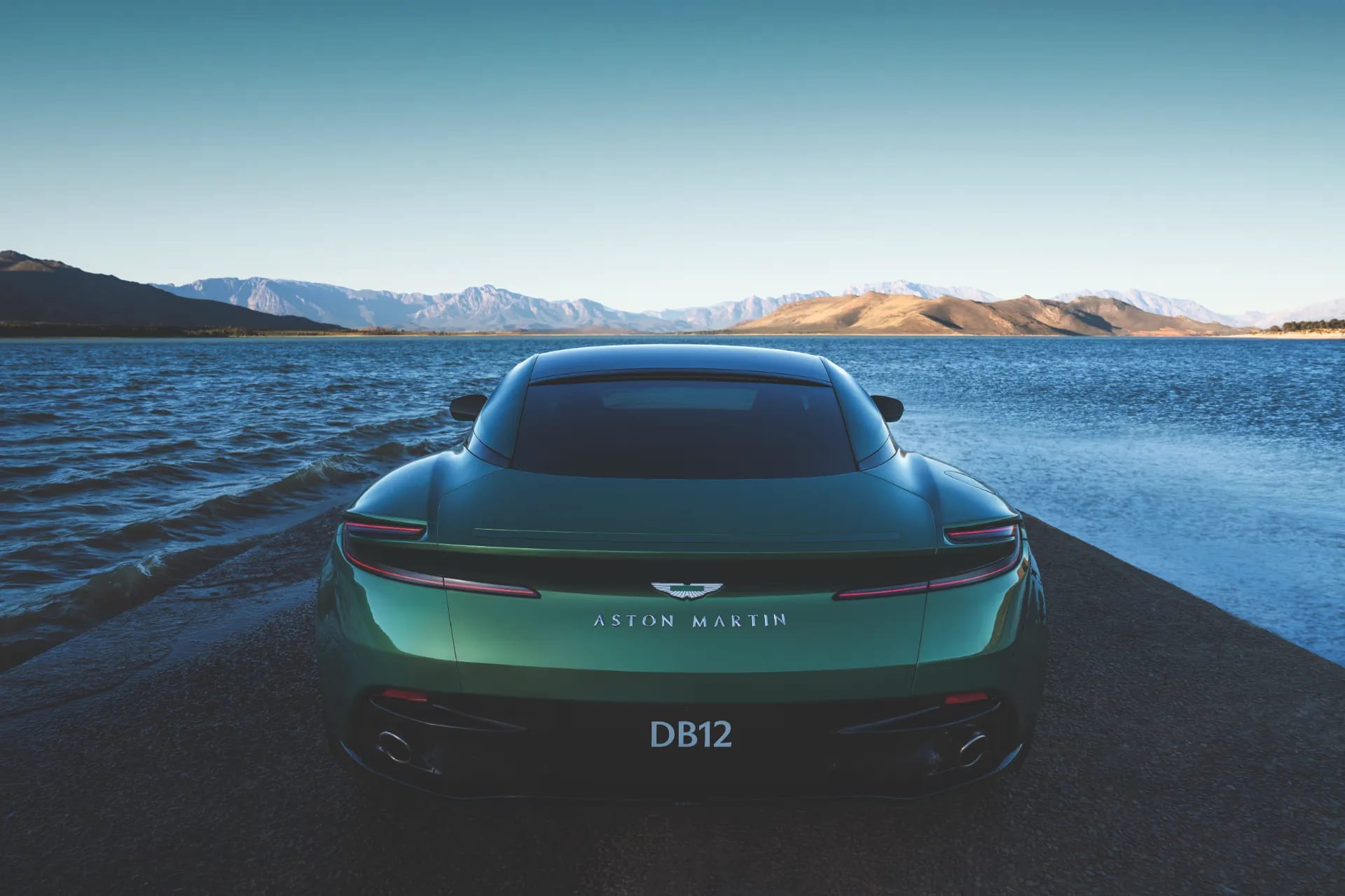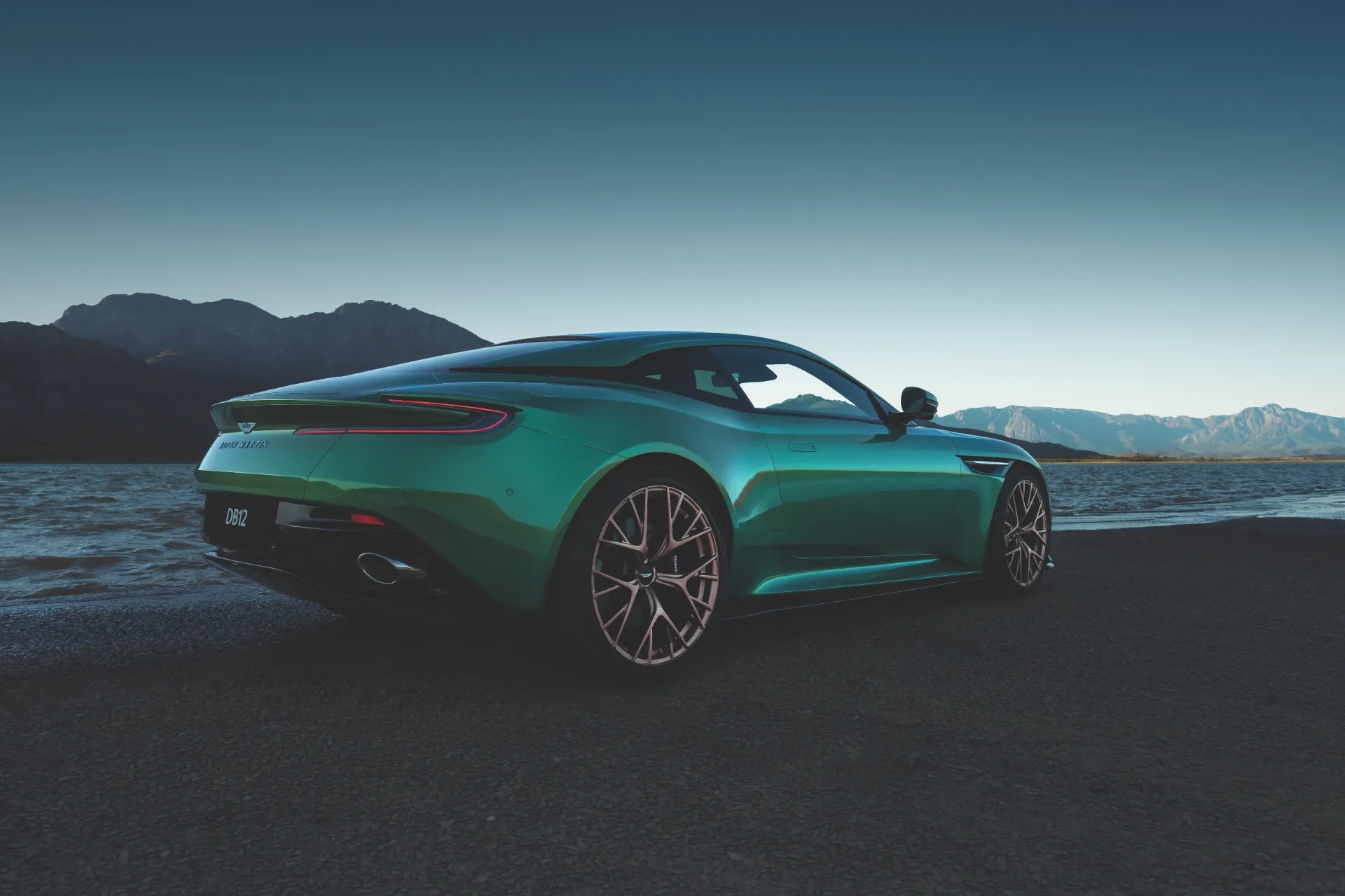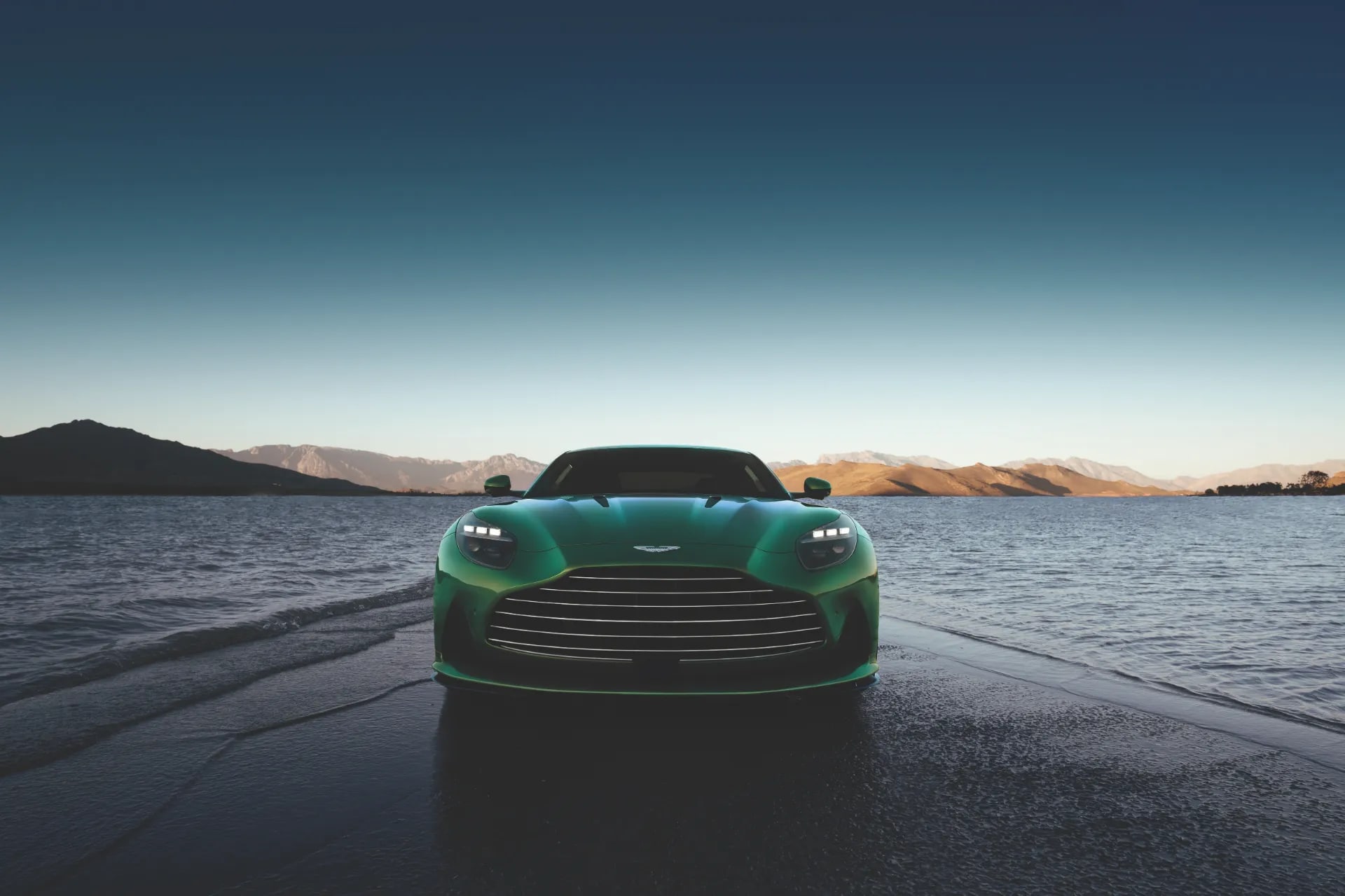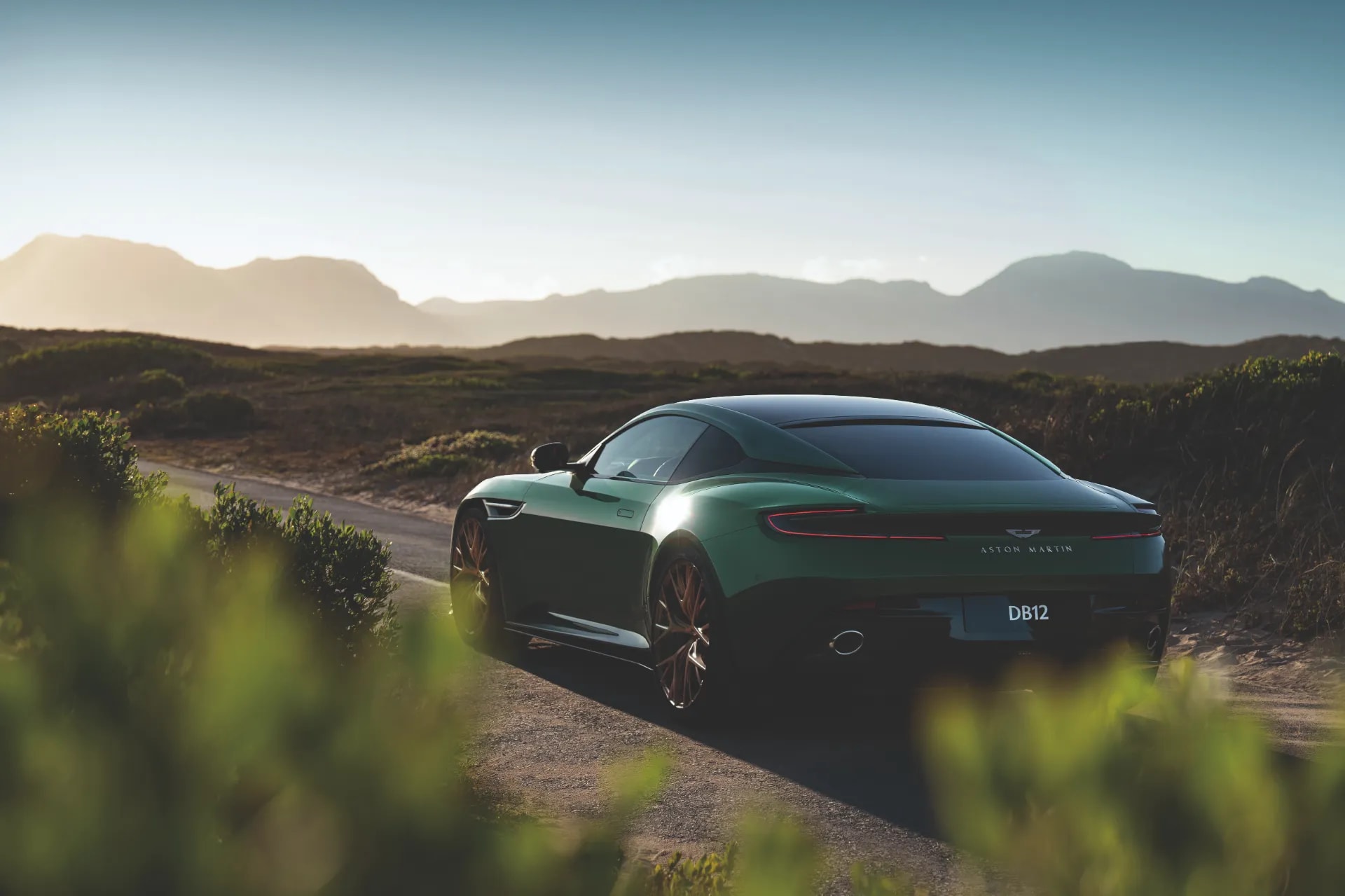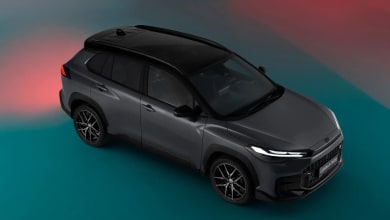Aston Martin DB12 is Aston’s first model under the leadership of Lawrence Stroll, promising to open a new era for the brand. In the lineup: 680 horsepower, 3.6 seconds to 100 km/h, and a top speed of 325 km/h. Aston Martin is ushering in a new era of luxury and performance with the DB12, the first of eight new sports cars to be launched by 2026, including replacements for the Vantage and DBS.
The model, designed to celebrate the brand’s 110th anniversary, is essentially a comprehensive facelift of the DB11, which was introduced back in 2016. However, according to the company, about 80% of the components are new, even though it may not appear so from the outside.
At first glance, the DB12 does indeed look like a facelift of the DB11, with the main changes focused on the front, featuring a new grille and enlarged dimensions, complemented by prominent splitters and redesigned LED headlights. A new engine cover and updated Aston Martin badge summarize the front updates, while the changes to the rear from the front of the window line are minimal, mainly including narrower side mirrors and different rear lettering.
There are also new 21-inch wheels, which are 8 kg lighter than the outgoing 20-inch wheels. The wheels are wrapped in Michelin Pilot 5s tires developed specifically for the DB12, promising to reduce tire noise in the passenger cabin by 20%.
Contrary to the evolutionary exterior design, the passenger cabin has undergone a general revamp and has become much more modern than its predecessor. Facing the driver is a new multifunctional steering wheel, and behind it is a fully digital instrument cluster connected to a completely new 10.25-inch touchscreen infotainment system. It features connectivity to Android Auto and Apple CarPlay, voice control, and support for over-the-air updates. On the surface, it seems to be a significant improvement over the outdated multimedia system sourced from Mercedes, which received a lot of criticism in the DB11.
Beyond the screens, there is a lavish center console and a new dashboard with sleek air vents. The upgrade also includes a minimalist gear selector, new switches, and premium materials throughout. Among the optional features, you’ll find a Bowers & Wilkins sound system with 15 speakers, carbon fiber seats, and trims in aluminum, wood, or carbon fiber.
Under the hood, the same 4.0-liter twin-turbo V8 engine from Mercedes resides, but it has undergone comprehensive enhancements. It now produces 680 horsepower and 81.6 kgm of torque, a significant improvement over the DB11, which generated 535 horsepower and 70.9 kgm. In fact, the new V8 is even more powerful than the outgoing 5.2-liter twin-turbo V12 engine offered in the previous model, which delivered 630 horsepower – which ironically explains why the model called DB12 won’t have a V12 engine…
As in the past, the engine was attached to an eight-speed automatic transmission, but with a shorter final drive ratio that helps cut the 0-100 km/h acceleration to 3.6 seconds, on the way to a top speed of 325 km/h (4.0 seconds and 309 km/h in the outgoing model).
Alongside the improved engine, the DB12 benefits from a reinforced chassis that is 7% stiffer compared to its predecessor. It also features a new electronically controlled limited-slip differential, stiffer anti-roll bars, and new adaptive dampers.
The stability control system has undergone a significant upgrade and is designed to anticipate and assist with dynamic capabilities, rather than reacting after the limits have been exceeded. A carbon ceramic braking system will be offered as an option, saving 27 kg of unsprung weight and providing increased resistance to fade under heavy loads.
The new Aston Martin DB12 will be launched in the third quarter of 2023, and a convertible version is expected to follow. The price will start at £185,000 in the UK.

